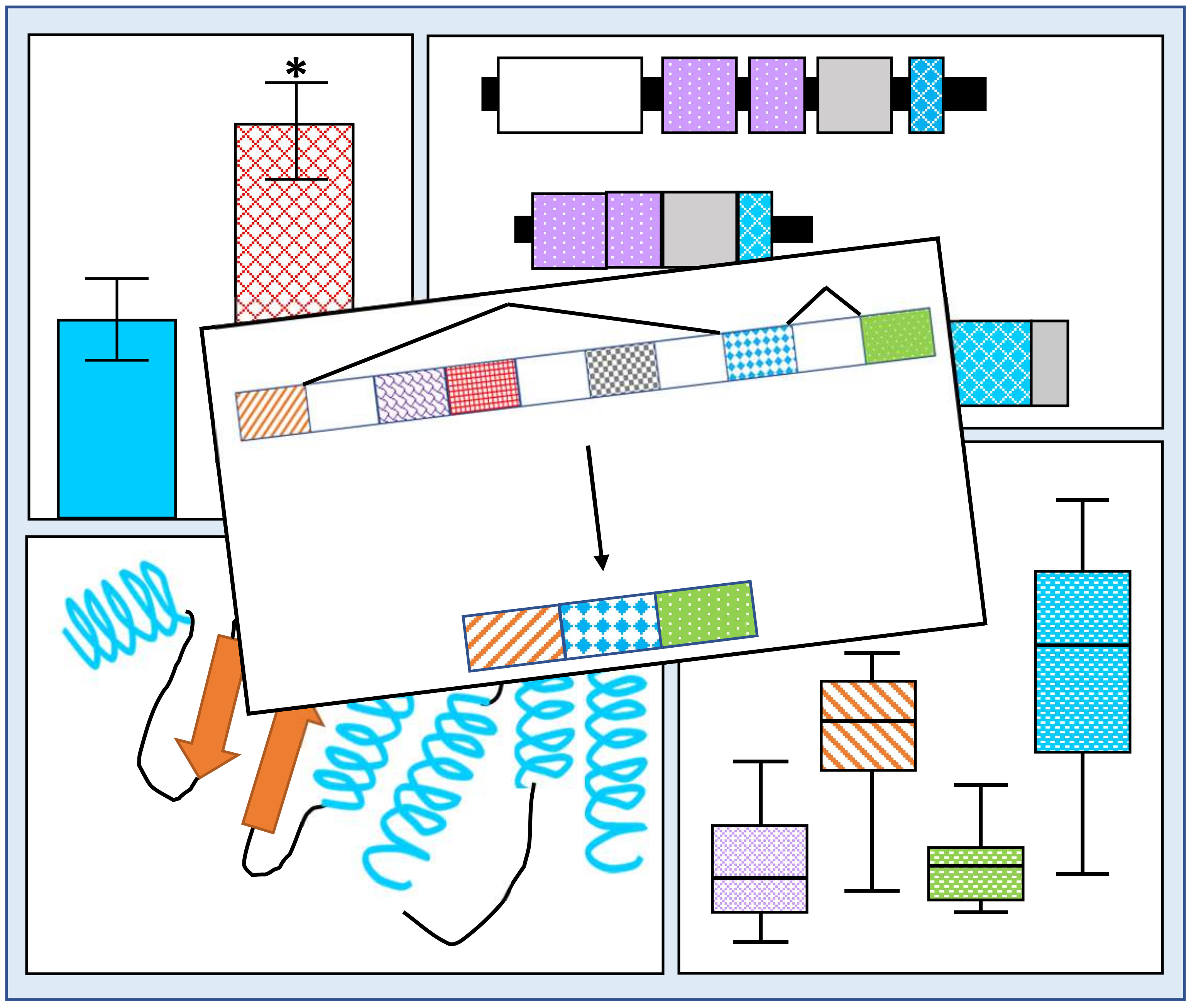
At the heart of scientific ways of knowing is the systematic collection and analysis of data, which is then used to propose an explanation of how the world works. In this two-day module, students in a large-lecture course are immersed in a biological problem related to the Central Dogma and gene expression. Specifically, students interpret experimental data in small groups, and then use those data to craft a scientific argument to explain how alternative splicing of a transcription factor gene may contribute to human cancer. Prior to the module, students are assigned a reading and provided PowerPoint slides outlining the basics of alternative splicing and refreshing their understanding of gene regulation. Students complete a pre-class assignment designed to reinforce basic terminology and prepare them for interpreting scientific models. Each day of the module, students are presented experimental data or biological models which they interpret in small groups, use to vote for viable hypotheses using clickers, and ultimately leverage in a culminating summary writing task requiring them to craft a data-driven answer to the biological problem. Despite the novelty of the argumentation module, students engage in all aspects (inside and outside of the classroom) of the activity and are connected across data, hypotheses, and course concepts to explain the role of alternative splicing in gene expression and cancer.
Primary image: Splicing it together. Students work together, interpreting primary data and models to investigate the effects alternative splicing may have on gene regulation and cancer.